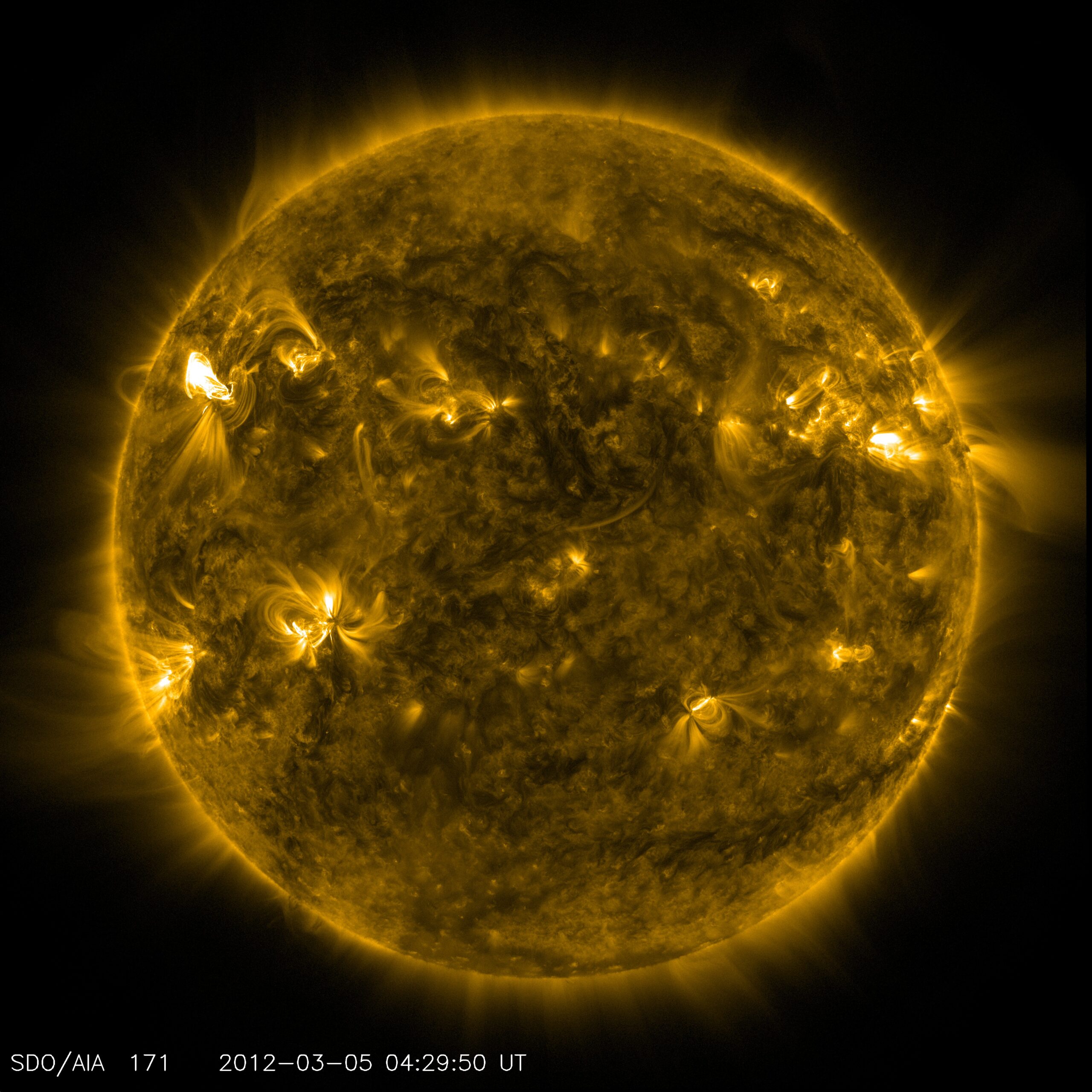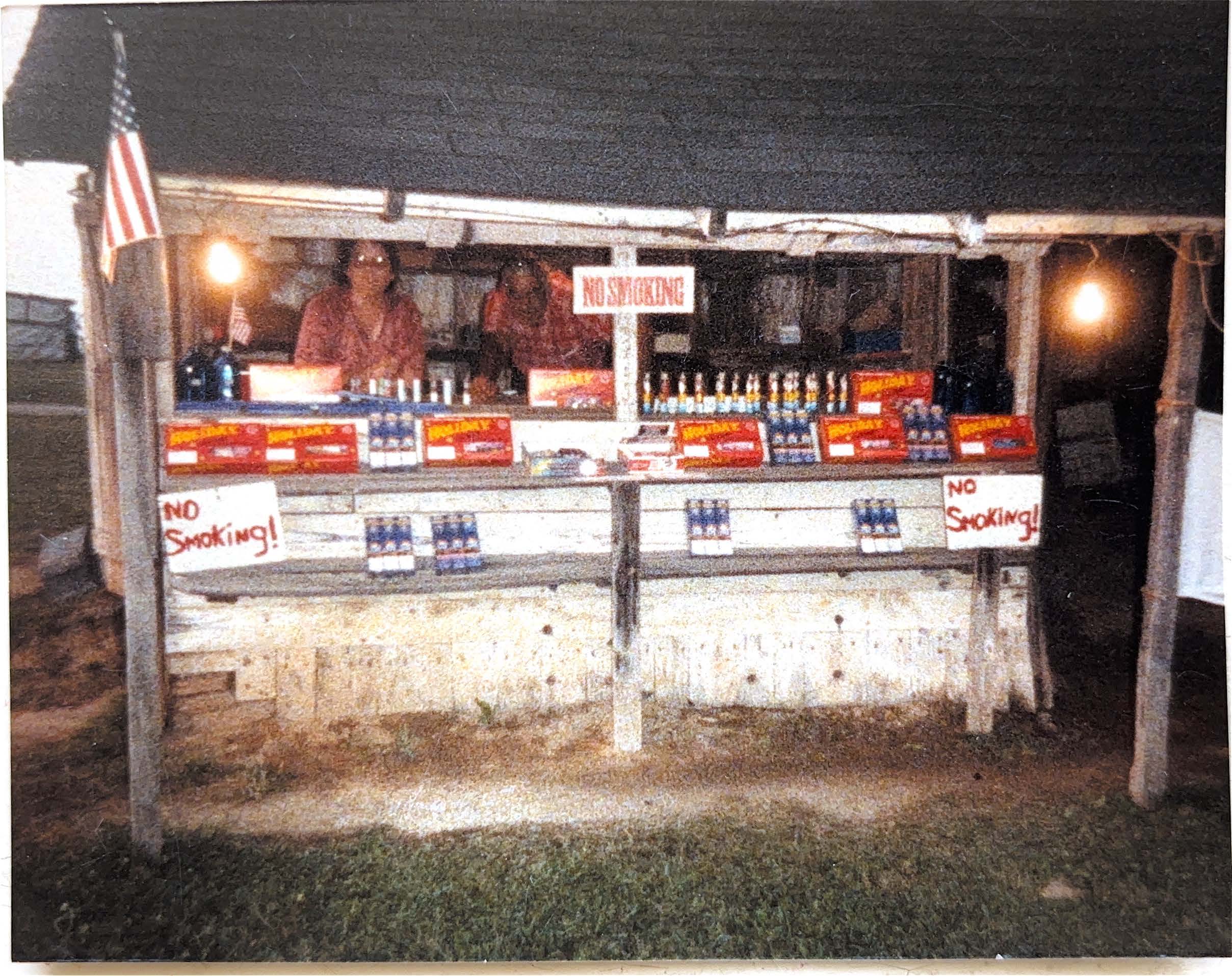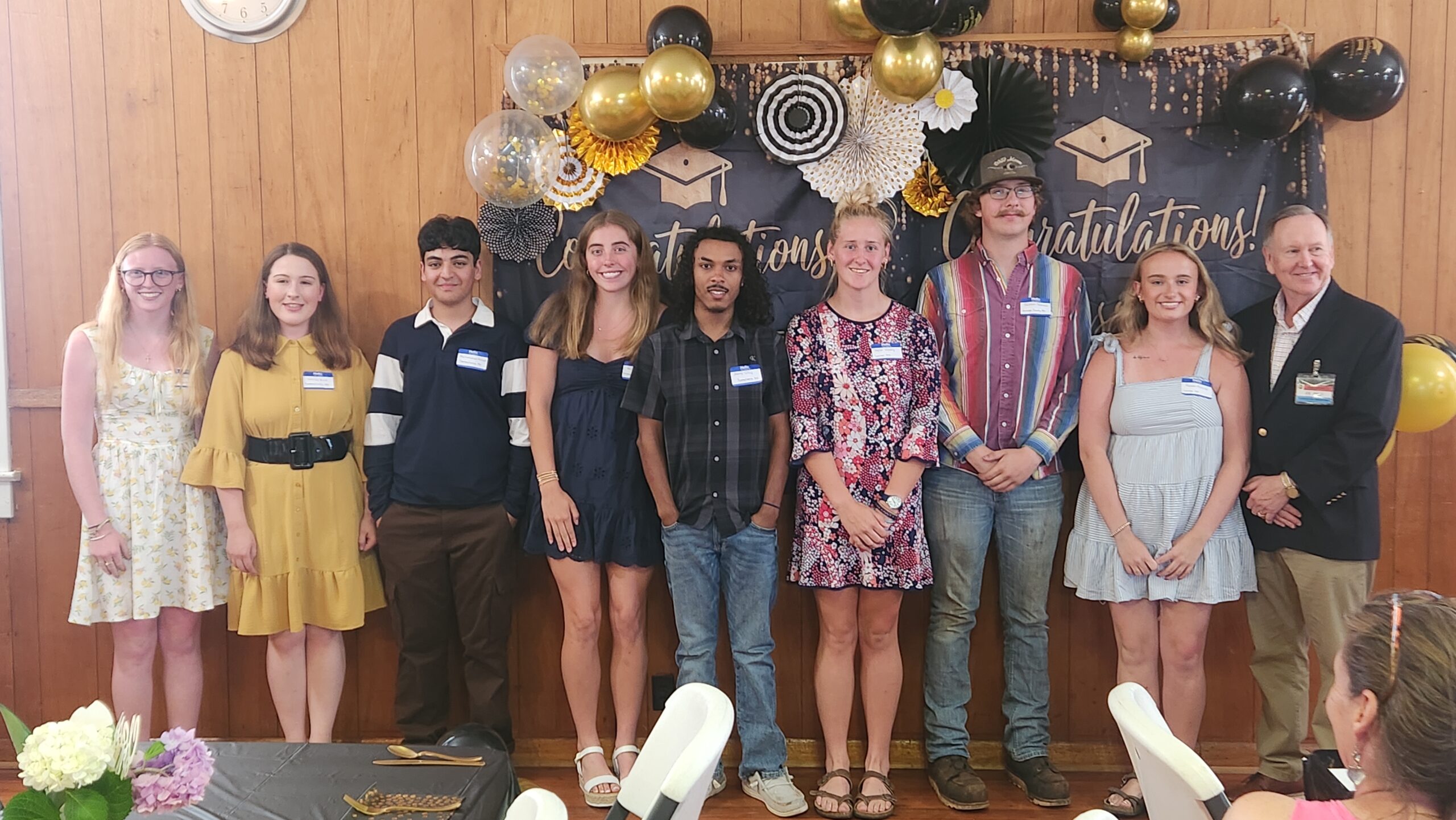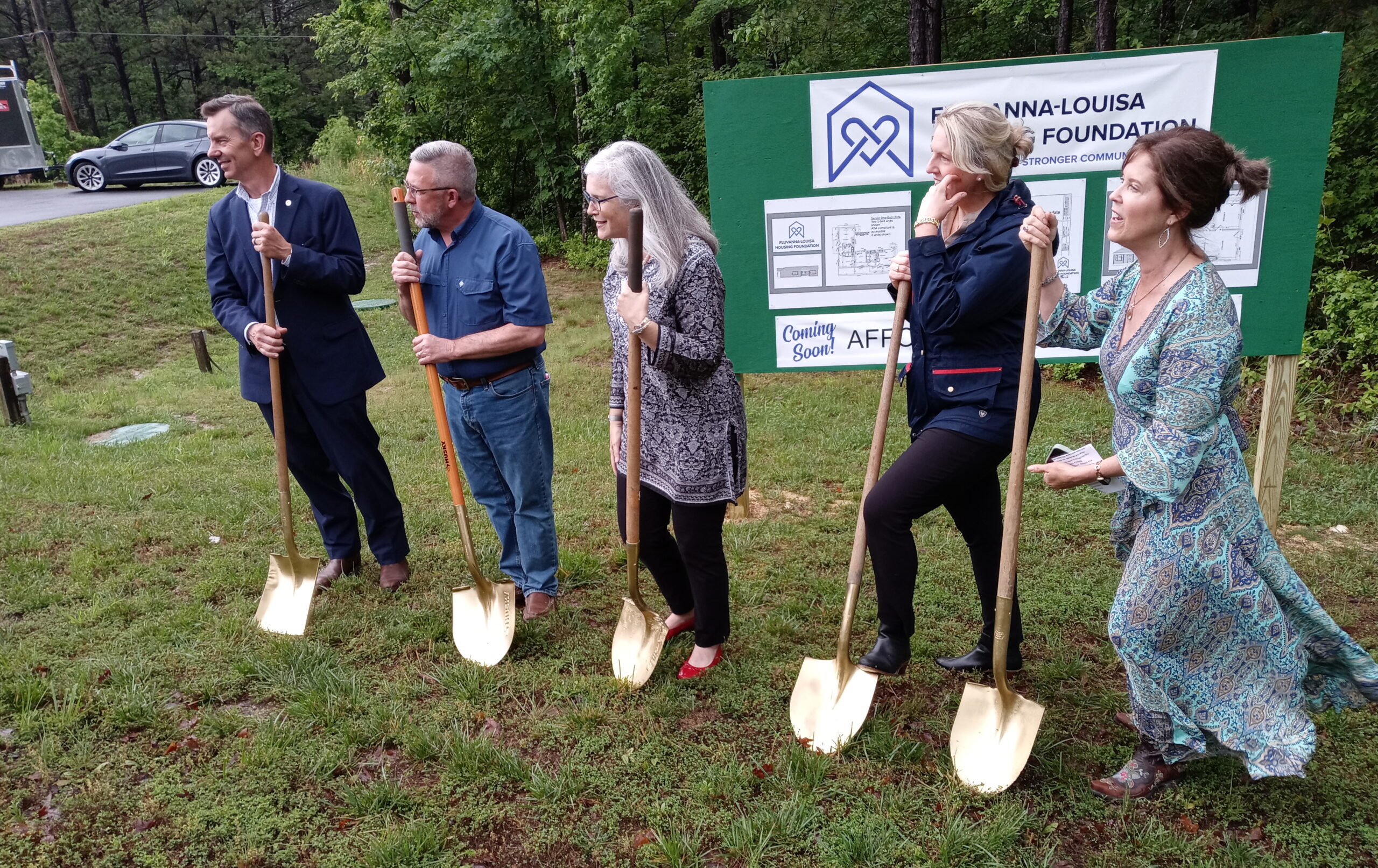
Thunderstorms, tornadoes, blizzards and heat waves are of no concern to the forecasters at the Space Weather Prediction Center (SWPC) in Boulder, Colorado. This is a group of very specialized scientists that are more interested in such things as the solar wind, geomagnetic and radiation storms, and radio blackouts. The SWPC provides real-time monitoring and forecasting of solar and geophysical events, conducts research in solar-terrestrial physics, and develops techniques for forecasting solar and geophysical disturbances.
Why do they do this, and of what use are their forecasts to us? First let’s take a look at what type of products they issue. Like regular “Earth Weather”, they issue Watches and Warnings. They also issue Alerts. A Watch message is for long-lead geomagnetic activity predictions. Warnings are issued when a particular condition is expected. Alerts are issued when an event threshold is crossed. There are several different events they are concerned about which could have an effect on us or operations in space.
The sun cycles through periods of high and low activity. This usually repeats about every 11 years. The number of dark spots on the sun (sunspots) marks this variation in activity. An increase in the number of sunspots coincides with an increase in solar activity. Sunspots are sources of flares, the most violent events in the solar system. A large solar flare releases a million times more energy than the largest earthquake. This release of energy can have dramatic effects on space and earth.
An increase in radiation can be a hazard for astronauts and electronics on satellites. Geomagnetic field disturbances can damage power systems, disrupt communications, degrade high-tech navigation systems, (such as GPS or Loran-C), or create the spectacular aurora (Northern and Southern lights). They can also affect space shuttle and space station activities, high altitude polar flights, telephone communications and high-frequency radio communication.
Some of the different types of watches, warnings and alerts include: X-Ray Flux alerts, which are issued for major solar flares; geomagnetic warnings, alerts, and watches , which are issued from measurements taken by a magnetometer in Boulder, CO and by satellite measurements of the solar wind; Electron and Proton Flux alerts and warnings, which are issued for mainly satellite operations; and Stratospheric Warming alerts, are issued when rapid warming is indicated in the stratosphere.
Although these events can occur without our knowing it, they can affect our daily lives since we rely so heavily on satellites, electricity and radio transmissions. Take some time to visit their web page. They have a great site on the Aurora Borealis, which we experienced several months ago here at Lake Anna, VA.

I grew up an Air Force Brat. Traveled the country and lived in Georgia, Maine, New York, Hawaii and Oklahoma.
I fell in love with the weather in Oklahoma. My father was transferred to Tinker AFB in 1973. While in Temporary housing (a mobile home, which is the standard in Oklahoma) I experienced my first severe thunderstorm with strong winds and hail the size of baseballs. The next day I was in the base library looking up books on weather. The rest is history.
I graduated from the University of Oklahoma in 1983 with a Bachelor’s Degree in Meteorology. The first two years we took Calculus, Differential equations, Physics, Chemistry and Computer science classes with the Engineering Students. It was a grind. My degree is actually from the College of Engineering. The last 2-3 year’s focus was on Meteorology including Observational networks (Satellite, Radar, Surface), Physics, Thermodynamics, Dynamics, Synoptic, Winter Weather, Severe Weather and Climatology.
My first job out of college was with a small forecasting company in Oklahoma City. I was immediately put on TV (OETA) and Radio (WKY) as their broadcast Meteorologist. After two years in broadcasting, I decided to pursue the National Weather Service route and got a position in Toledo, OH as an intern. After a couple of years, I was promoted to a forecaster position at the Cleveland Forecast office. I quickly moved into the Weather Preparedness position and was responsible for all the preparedness activities in the state of Ohio.
In 1992 I decided to pursue other forecast opportunities and moved to the Meteorological Operations Division of the National Meteorological Center in Washington, DC. This group is now called WPC (Weather Prediction Center). There I fine-tuned my forecasting of Synoptic Weather with my focus on Heavy Convective Rainfall and Winter Storms, under the supervision of Dr. Louis Uccellini. He has written several books on East Coast Winter storms. I was promoted to a Senior Branch Forecast position during my tenure at MOD. Part of my job was to teach weather classes at COMET (Cooperative Program for Operational Meteorology, Education, and Training).
In 2012 I was given the opportunity to start up a new weather support group with the FAA (Federal Aviation Administration) in Warrenton, VA at the ATCSSC (Air Traffic Control System Command Center). The ATCSCC is where the FAA identifies solutions to air traffic inefficiencies in the NAS (National Air Space) for the CONUS (Continental United State). Weather impacts are the biggest impact on Aviation with yearly losses over 20 billion dollars. My job was to help lower these inefficiencies/costs by providing weather impact briefings and forecasts in order to keep the air planes moving as safely and efficiently as possible.
I retired in 2022 and now am running Lake Anna Weather, LLC.
Subscribe for Updates
Sponsors
latest articles
70 Years of Sparks and Spirit: A Family Tradition Lights Up Bumpass

Belmont Ruritan Clubs Award $26,000 in Scholarships to Local Seniors

Louisa County Issues Reminder to Short-Term Rental Owners Ahead of Summer Season
Orange Uncorked Wine Festival Returns to Historic Grounds of Montpelier for 34th Year

Local Songwriting Duo Premieres Original “Chick’s Diner” Musical at Louisa Arts Center

Local Mini Tyrell Scores Victory on the Track; Raises $800,000 to Fight Cancer

Thunderstorms, tornadoes, blizzards and heat waves are of no concern to the forecasters at the Space Weather Prediction Center (SWPC) in Boulder, Colorado. This is a group of very specialized scientists that are more interested in such things as the solar wind, geomagnetic and radiation storms, and radio blackouts. The SWPC provides real-time monitoring and forecasting of solar and geophysical events, conducts research in solar-terrestrial physics, and develops techniques for forecasting solar and geophysical disturbances.
Why do they do this, and of what use are their forecasts to us? First let’s take a look at what type of products they issue. Like regular “Earth Weather”, they issue Watches and Warnings. They also issue Alerts. A Watch message is for long-lead geomagnetic activity predictions. Warnings are issued when a particular condition is expected. Alerts are issued when an event threshold is crossed. There are several different events they are concerned about which could have an effect on us or operations in space.
The sun cycles through periods of high and low activity. This usually repeats about every 11 years. The number of dark spots on the sun (sunspots) marks this variation in activity. An increase in the number of sunspots coincides with an increase in solar activity. Sunspots are sources of flares, the most violent events in the solar system. A large solar flare releases a million times more energy than the largest earthquake. This release of energy can have dramatic effects on space and earth.
An increase in radiation can be a hazard for astronauts and electronics on satellites. Geomagnetic field disturbances can damage power systems, disrupt communications, degrade high-tech navigation systems, (such as GPS or Loran-C), or create the spectacular aurora (Northern and Southern lights). They can also affect space shuttle and space station activities, high altitude polar flights, telephone communications and high-frequency radio communication.
Some of the different types of watches, warnings and alerts include: X-Ray Flux alerts, which are issued for major solar flares; geomagnetic warnings, alerts, and watches , which are issued from measurements taken by a magnetometer in Boulder, CO and by satellite measurements of the solar wind; Electron and Proton Flux alerts and warnings, which are issued for mainly satellite operations; and Stratospheric Warming alerts, are issued when rapid warming is indicated in the stratosphere.
Although these events can occur without our knowing it, they can affect our daily lives since we rely so heavily on satellites, electricity and radio transmissions. Take some time to visit their web page. They have a great site on the Aurora Borealis, which we experienced several months ago here at Lake Anna, VA.

I grew up an Air Force Brat. Traveled the country and lived in Georgia, Maine, New York, Hawaii and Oklahoma.
I fell in love with the weather in Oklahoma. My father was transferred to Tinker AFB in 1973. While in Temporary housing (a mobile home, which is the standard in Oklahoma) I experienced my first severe thunderstorm with strong winds and hail the size of baseballs. The next day I was in the base library looking up books on weather. The rest is history.
I graduated from the University of Oklahoma in 1983 with a Bachelor’s Degree in Meteorology. The first two years we took Calculus, Differential equations, Physics, Chemistry and Computer science classes with the Engineering Students. It was a grind. My degree is actually from the College of Engineering. The last 2-3 year’s focus was on Meteorology including Observational networks (Satellite, Radar, Surface), Physics, Thermodynamics, Dynamics, Synoptic, Winter Weather, Severe Weather and Climatology.
My first job out of college was with a small forecasting company in Oklahoma City. I was immediately put on TV (OETA) and Radio (WKY) as their broadcast Meteorologist. After two years in broadcasting, I decided to pursue the National Weather Service route and got a position in Toledo, OH as an intern. After a couple of years, I was promoted to a forecaster position at the Cleveland Forecast office. I quickly moved into the Weather Preparedness position and was responsible for all the preparedness activities in the state of Ohio.
In 1992 I decided to pursue other forecast opportunities and moved to the Meteorological Operations Division of the National Meteorological Center in Washington, DC. This group is now called WPC (Weather Prediction Center). There I fine-tuned my forecasting of Synoptic Weather with my focus on Heavy Convective Rainfall and Winter Storms, under the supervision of Dr. Louis Uccellini. He has written several books on East Coast Winter storms. I was promoted to a Senior Branch Forecast position during my tenure at MOD. Part of my job was to teach weather classes at COMET (Cooperative Program for Operational Meteorology, Education, and Training).
In 2012 I was given the opportunity to start up a new weather support group with the FAA (Federal Aviation Administration) in Warrenton, VA at the ATCSSC (Air Traffic Control System Command Center). The ATCSCC is where the FAA identifies solutions to air traffic inefficiencies in the NAS (National Air Space) for the CONUS (Continental United State). Weather impacts are the biggest impact on Aviation with yearly losses over 20 billion dollars. My job was to help lower these inefficiencies/costs by providing weather impact briefings and forecasts in order to keep the air planes moving as safely and efficiently as possible.
I retired in 2022 and now am running Lake Anna Weather, LLC.
Subscribe for Updates
Sponsors
latest articles
70 Years of Sparks and Spirit: A Family Tradition Lights Up Bumpass

Belmont Ruritan Clubs Award $26,000 in Scholarships to Local Seniors

Louisa County Issues Reminder to Short-Term Rental Owners Ahead of Summer Season
Orange Uncorked Wine Festival Returns to Historic Grounds of Montpelier for 34th Year

Local Songwriting Duo Premieres Original “Chick’s Diner” Musical at Louisa Arts Center

Local Mini Tyrell Scores Victory on the Track; Raises $800,000 to Fight Cancer


Belmont Ruritan Clubs Award $26,000 in Scholarships to Local Seniors
Article By Jen Bailey

Exclusive Golf Excursions for Cutalong Members
Article By Jen Bailey





